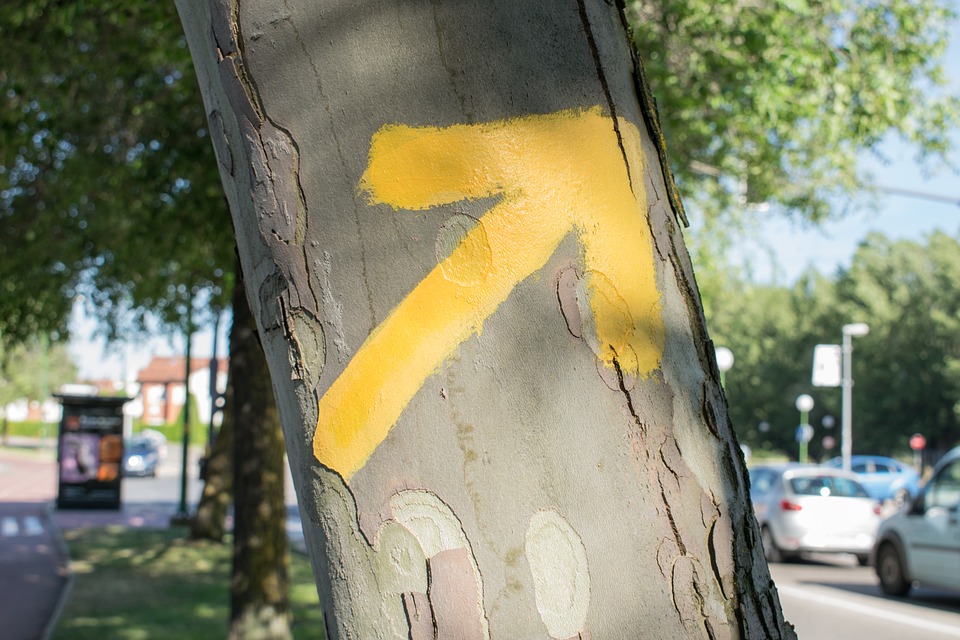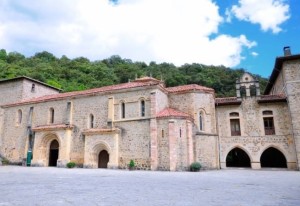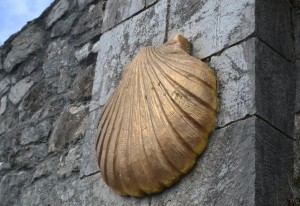The yellow arrow has become one of the official symbols of the Way of Saint James as it is the sign that guides pilgrims to the Cathedral of Santiago.
This sign so representative of the Camino de Santiago can be found in different places as we pass along the Camino: painted on walls, on stones, trees, fences or on the ground.
Today in ALBERGUES DEL CAMINO we are going to tell you about the origin of the famous yellow arrow on the Camino de Santiago. Let’s go there!
1.- Origin of the yellow arrow
The emblematic yellow arrow of the Way of Saint James has a recent origin. This was born in 1984 at the initiative of a priest from O Cebreiro, Elías Valiña.
Elías Valiña Sampedro (Sarria, 1929-1989), known as O cura do Cebreiro was one of the most important conservators and promoters of the Way of Saint James.
In the decades of the 60s and 80s the Way of Saint James was practically extinct, proof of this is that in 1978 only 13 pilgrims arrived in Santiago.
The routes of the Way of Saint James at that time weren’t well defined and had very difficult sections to travel. For this reason, the priest of O Cebreiro decided to delimit it and make the journey easier for pilgrims by painting the now famous yellow arrows.
2.- Signposting of the Way of Saint James
The priest began by marking the entire route of the French Way from Roncesvalles to Santiago de Compostela. As there were so many yellow arrows that the pilgrims were on their way along this route, they ended up consolidating as one of the most famous symbols of the Camino de Santiago along with the historic scallop shell.
Nowadays, the signposting made by Elias Valiña is considered the safest delimitation of the original sections of the Jacobean route.
The undoubted merits of him led him to be unanimously appointed commissioner of the Way of Saint James during the I Xacobeo Encounter held in Compostela in 1985.
Remember that in our social networks we will keep you up to date with all the news that arise, follow us on en Facebook and Instagram!
In addition, we encourage you to share with us your experience traveling the Camino de Santiago on these social networks by tagging us or including the hashtag #alberguesdelcamino in your publication. We look forward to your photos!















